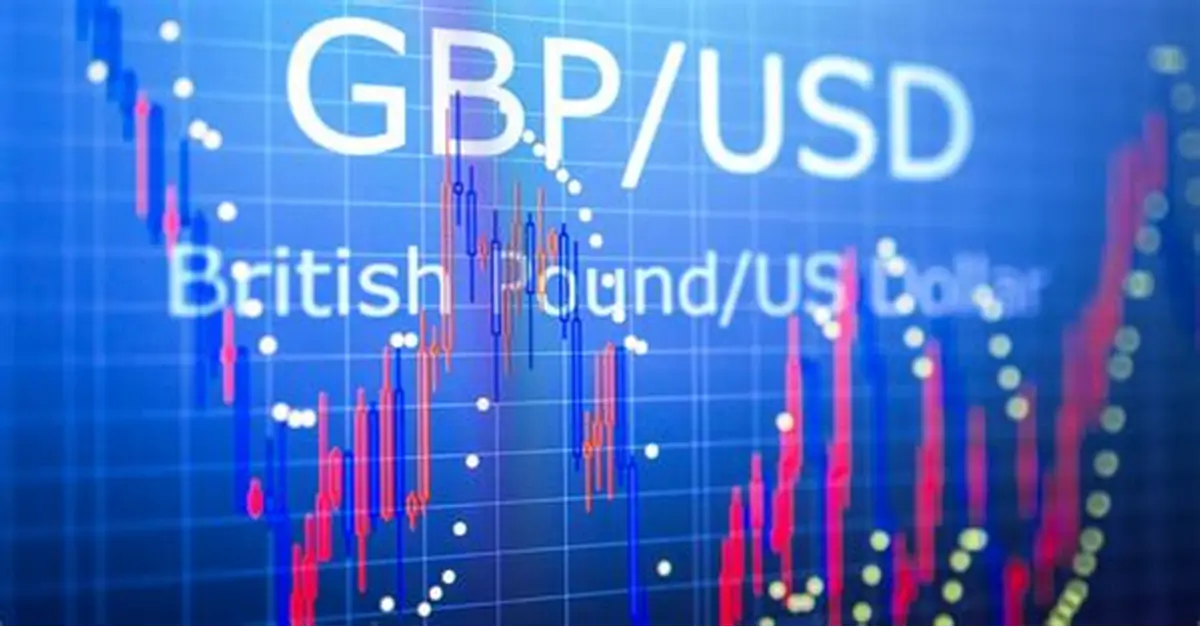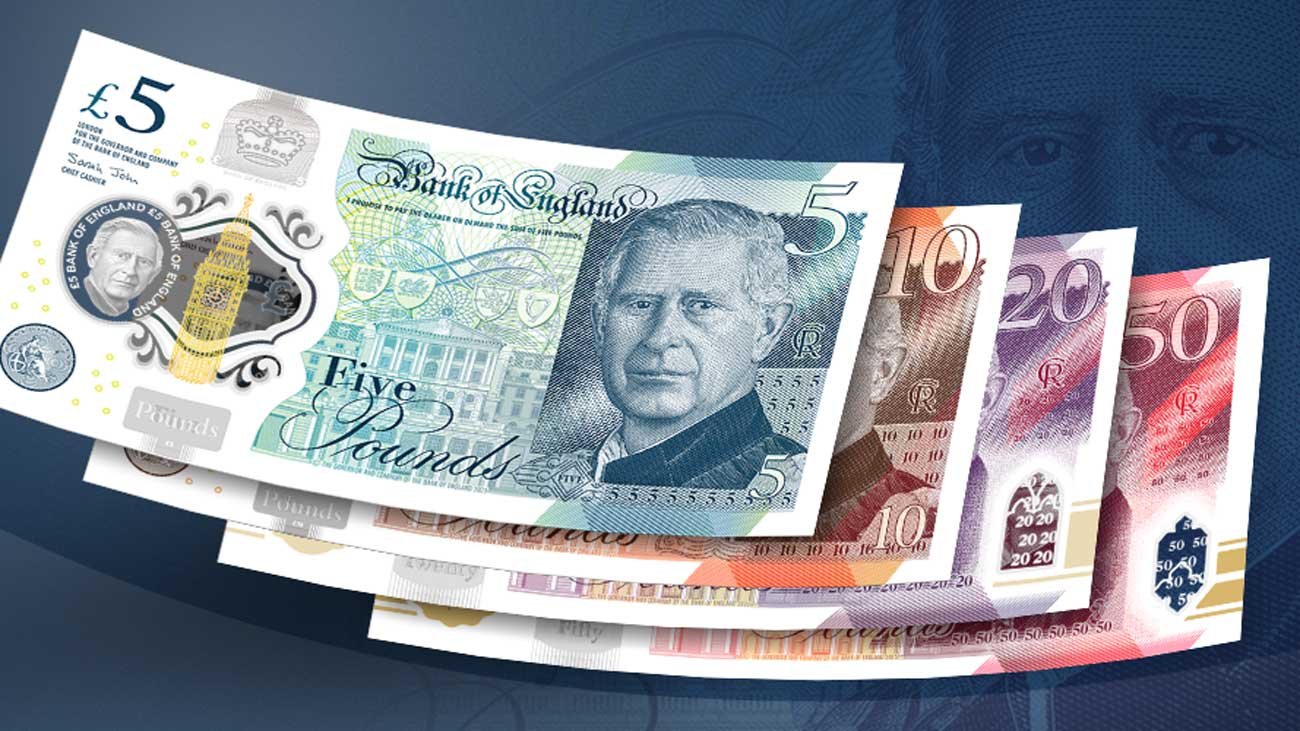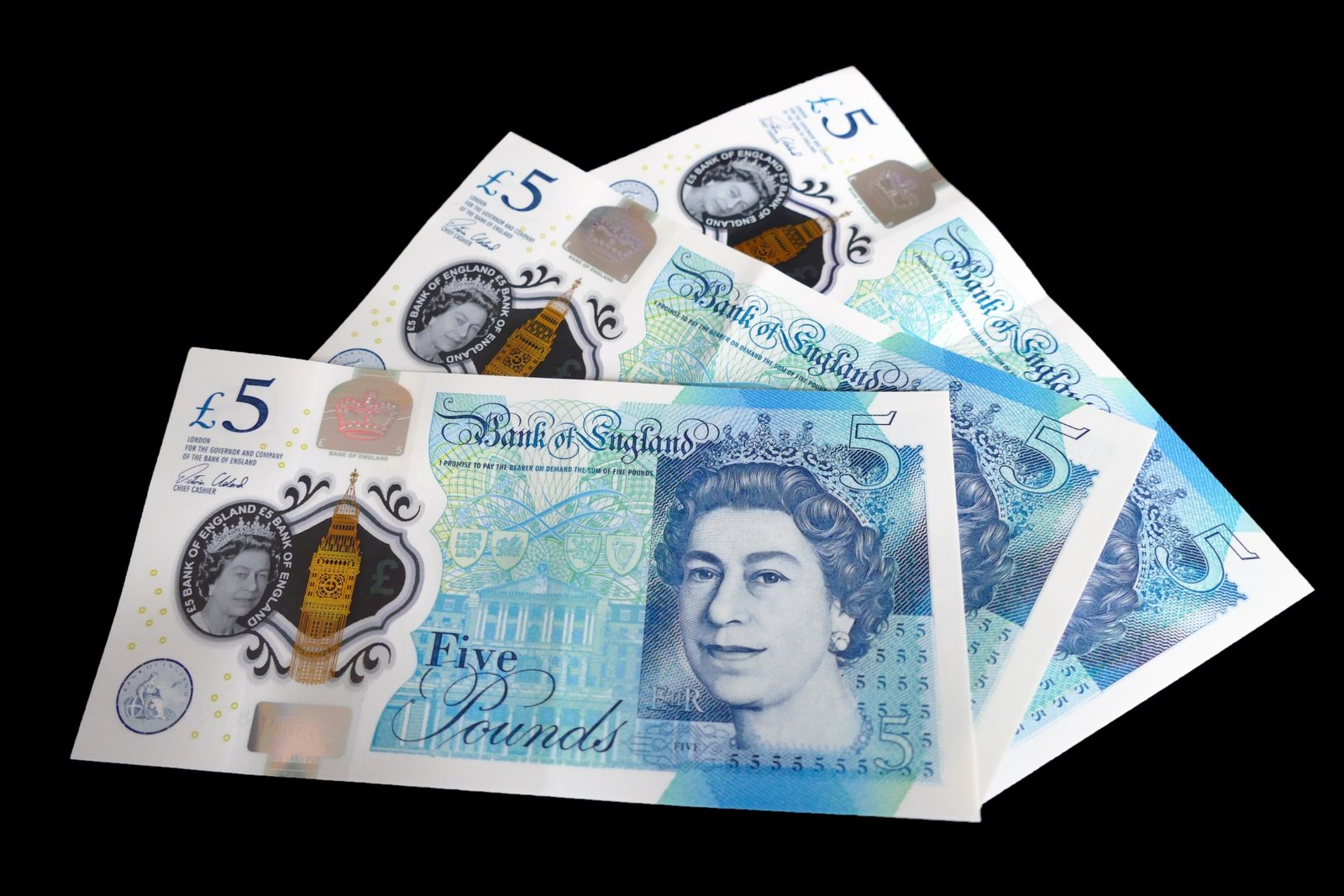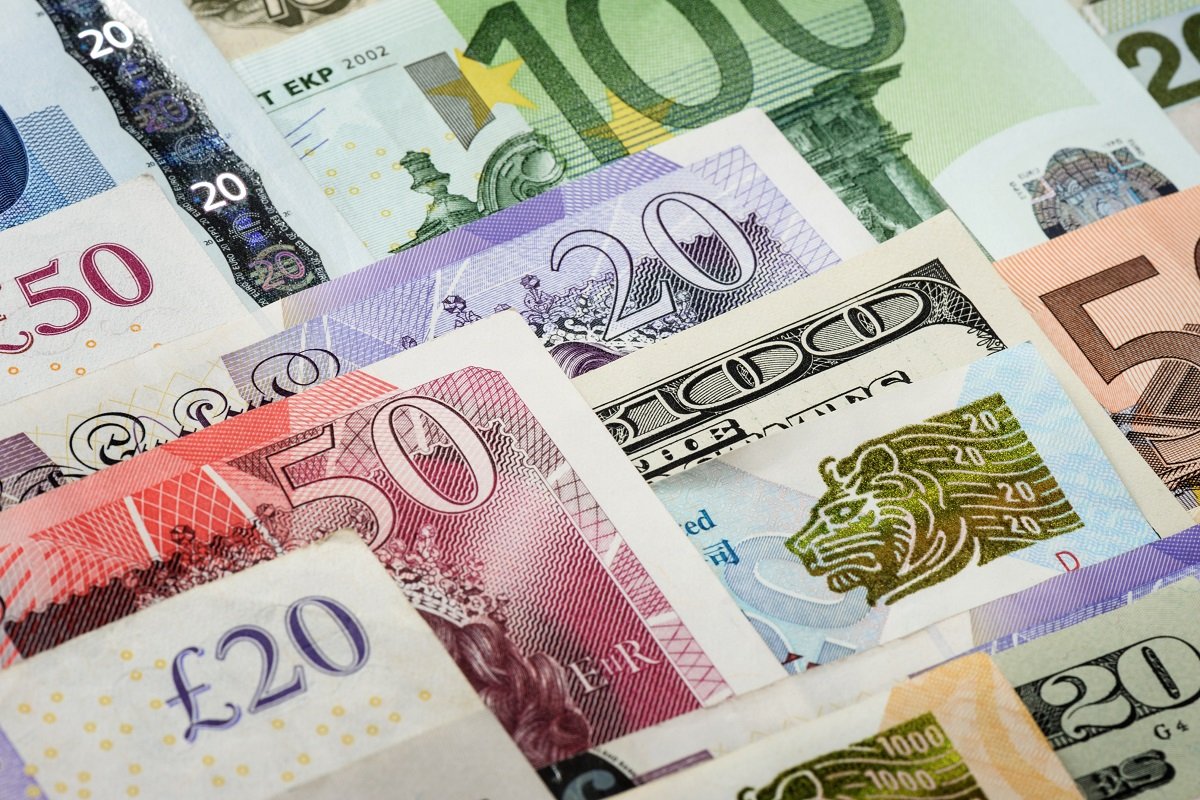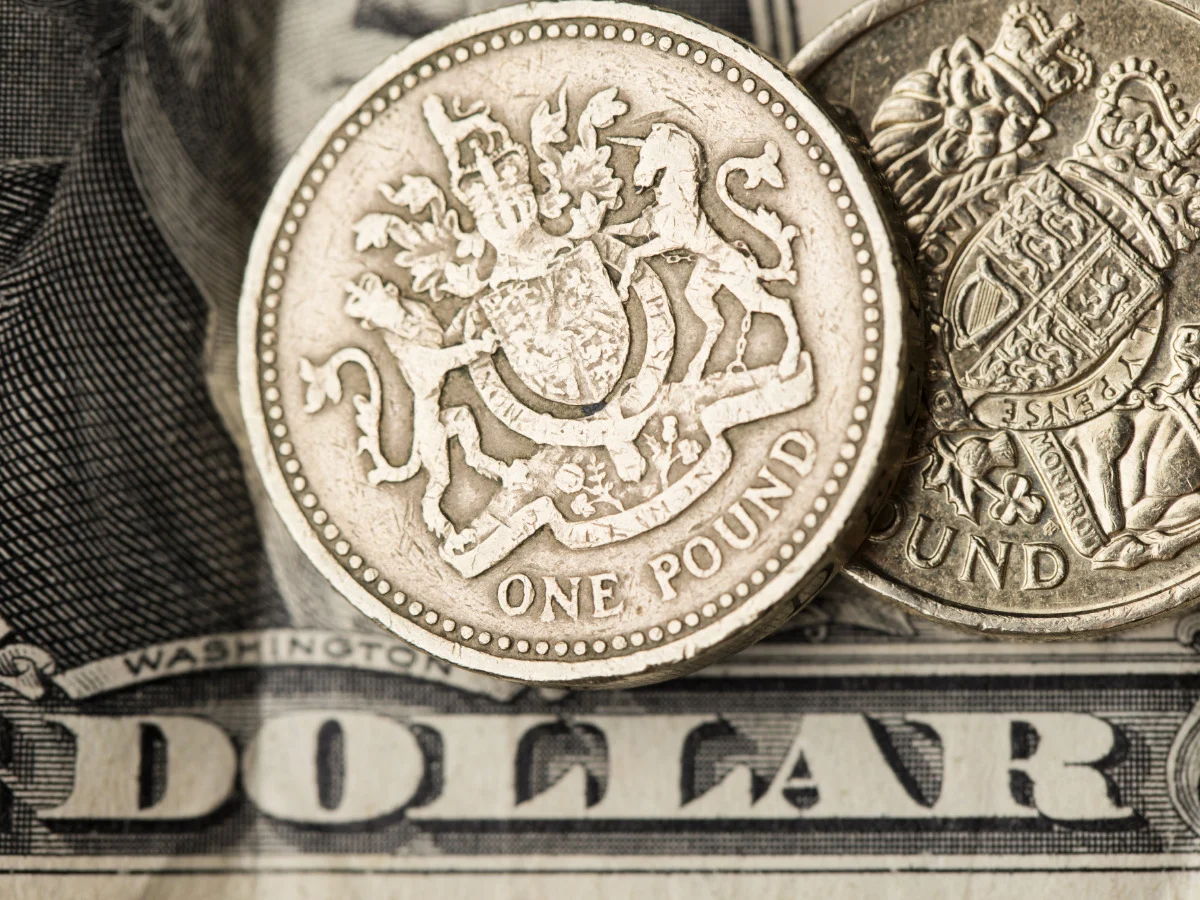GBP/USD Breaks Above 1.3550 As Fed Cut Speculation Increases and BoE Rate Expectations Change
GBP/USD rose higher than 1.3550 in early European morning on Tuesday, hitting a high since mid-August, as softer US jobs data sustained hopes of more Federal Reserve rate cuts. Traders are looking forward to the upcoming Nonfarm Payrolls Benchmark Revision, which may unveil massive downward revisions in employment data and place additional pressure on the US Dollar. While this, the Pound Sterling gained strength after HSBC and Deutsche Bank adjusted their expectations, delaying Bank of England rate cuts, which indicated UK rates could stay higher for the foreseeable future. KEY LOOKOUTS • Markets look for confirmation of potential revisions downwards of as much as 800,000 jobs, possibly redrawing Fed policy expectations. • Traders are pricing in an 89.4% probability of a 25 bps reduction and a 10.6% likelihood of a jumbo 50 bps reduction at the September meeting. • HSBC and Deutsche Bank extend their rate cut expectations, indicating UK rates might remain higher for longer. • The pair trades around 1.3560, its highest since Aug 15, with further upside relying on US labor market data and central bank cues. GBP/USD continued its rise above 1.3550 during early European trading on Tuesday, buoyed by a weakening US Dollar as markets expect more profound Federal Reserve rate reductions in the aftermath of weak US labor market reports. Investors now wait for the Nonfarm Payrolls Benchmark Revision, which may show a steep downward revision of jobs and further dampen the USD. In contrast, Sterling’s strength is supported by expectations of a delayed rate cut by the Bank of England, with HSBC and Deutsche Bank taking their forecasts further out in line with this, indicating UK monetary policy may stay tighter for longer. GBP/USD is trading around 1.3560, its strongest level since mid-August, as US Dollar bears are weighed down by Fed rate cut bets. US NFP Benchmark Revision is due out later, while delayed BoE rate cut hopes are supporting Sterling. • GBP/USD rises above 1.3550, its highest since August 15. • Disappointing US labor data puts pressure on the Federal Reserve to provide rate cuts. • There is a 89.4% probability of a 25 bps cut and a 10.6% probability of a 50 bps cut in September. • Tuesday’s US NFP Benchmark Revision could reveal a reduction of as much as 800,000 jobs. • Increasing US unemployment points to weakening labor market conditions. • HSBC now forecasts the Bank of England to keep rates on hold until April 2026, reversing previous cut projections. • Deutsche Bank extends its call for the next BoE rate cut to December from November. The GBP/USD currency pair is in focus as it trades close to multi-week highs supported by differing monetary policy expectations at the Federal Reserve and Bank of England. Weaker US labor market indicators have spurred rumors that the Fed will have to be more forceful in loosening monetary policy, with eyes on the forthcoming Nonfarm Payrolls Benchmark Revision that might show large job losses. Such a revision would add to fears that the US economy is decelerating more than initially anticipated, placing greater emphasis on demands for deeper rate cuts. GBP/USD DAILY CHART PRICE SOURCE: TradingView On the UK side, the interest rate outlook has changed after significant banks updated their estimates. HSBC now predicts the Bank of England to keep rates unchanged through 2026, away from previous estimates of quarterly reductions, while Deutsche Bank has delayed its next rate cut prediction to December. These delays are an indication of optimism that the BoE will keep inflation control as a priority for longer, as against expected Fed easing on the quick side. This policy divergence is tightening demand for the Sterling and influencing investor sentiment on the GBP/USD pair. TECHNICAL ANALYSIS GBP/USD is holding up around the 1.3550 support level, reflecting strong bullish momentum after it recovered levels not seen since mid-August. A persistent break above 1.3560 would set the stage for a further move to challenge the 1.3600 psychological level, and any retreat will find initial support around 1.3520. The overall setup indicates that buyers are in the driving seat as long as the pair hovers above its short-term support levels, with the next directional move likely to be driven by coming US labor releases. FORECAST If the US Nonfarm Payrolls Benchmark Revision reaffirms large-scale job losses and markets become increasingly bullish about aggressive Fed rate cuts, GBP/USD may be able to push higher above 1.3560. A definitive break above this area could set the stage for 1.3600 and beyond, as the Pound remains supported by hopes that the Bank of England will postpone monetary easing. Buyer sentiment towards Sterling may keep the currency pair on a bullish path in the short term. Conversely, if the revision in labor markets proves to be less harsh than thought or if Fed officials resist hugely bet-on rate cuts, the US Dollar may regain its footing, restraining GBP/USD’s appreciation. In that scenario, the pair could experience pressure towards the 1.3520–1.3500 support area. Any meaningful break below these levels would restore market risk sentiment against the Dollar and set up the possibility of larger corrective falls.



